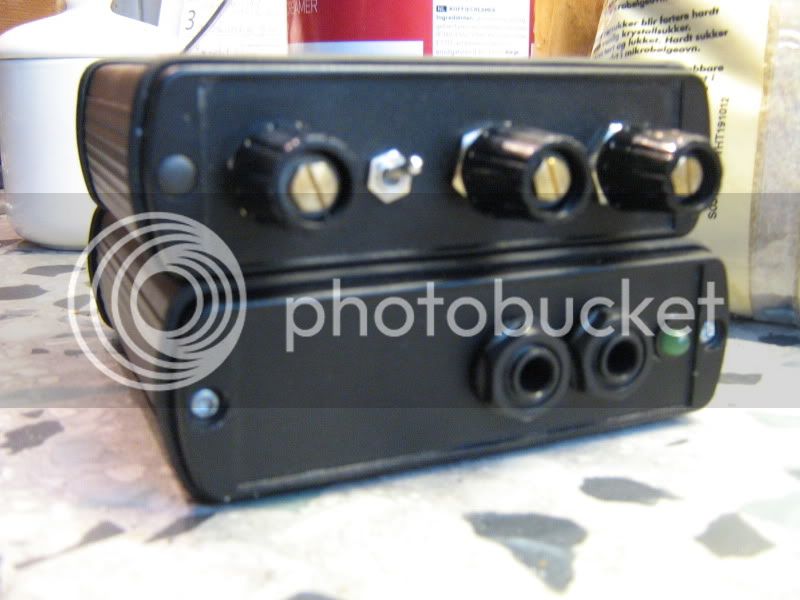Silent:Arts & Bo,
Hello, I actually decided to build another DI Box because this project was very easy to do and was a lot of fun for me, being a beginner to all of this. Silent: Arts, I remembered your advice on the proper connection of the Cliff plastic jacks on this new project and obviously your advice was terrific and worked beautifully. I just have two more questions for you and Bo about (DI Box's in general) and another possible mod.
The first question is about the amp output jack: Is this a "Bypass out" whereby my bass/guitar(s) signal will still remain a high Z impedance, or will the circuitry change it to low Z?
The other question is: Can a tube be used in this circuit, or has anyone here on the forum attempted this successfully? I'm asking this because a friend of mine has all tube gear in his studio and most of his equipment is high-end vintage stuff that he's has since the 1970's and he's quite partial to tube-only gear.
That's all for now guys. Thanks for the help and support for this project! It has been a lot of fun!
Regards.
Jon Slaten
Hello, I actually decided to build another DI Box because this project was very easy to do and was a lot of fun for me, being a beginner to all of this. Silent: Arts, I remembered your advice on the proper connection of the Cliff plastic jacks on this new project and obviously your advice was terrific and worked beautifully. I just have two more questions for you and Bo about (DI Box's in general) and another possible mod.
The first question is about the amp output jack: Is this a "Bypass out" whereby my bass/guitar(s) signal will still remain a high Z impedance, or will the circuitry change it to low Z?
The other question is: Can a tube be used in this circuit, or has anyone here on the forum attempted this successfully? I'm asking this because a friend of mine has all tube gear in his studio and most of his equipment is high-end vintage stuff that he's has since the 1970's and he's quite partial to tube-only gear.
That's all for now guys. Thanks for the help and support for this project! It has been a lot of fun!
Regards.
Jon Slaten







































